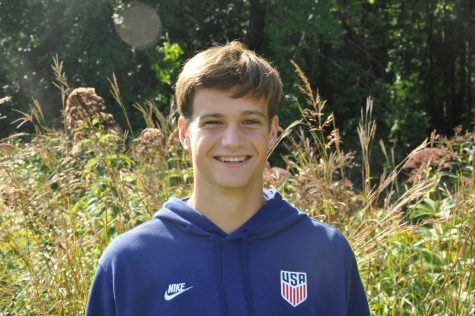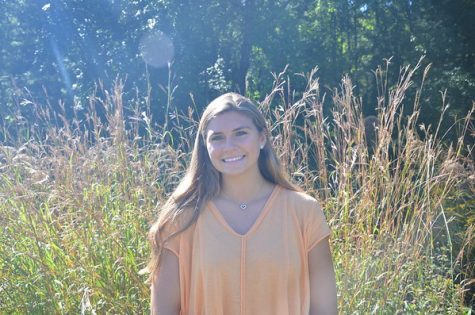Unprecedented teaching: WHS teachers adapt to hybrid learning
Credit: Emily Staiti
A math classroom appears full with desks spaced six feet apart. “Ultimately, when I talk about what is difficult it is just everything being new, and different,” math department head Barbara Coughlin said. “Trying to coordinate all of that at once [is challenging].”
November 9, 2020
On Oct. 19, Wayland public schools transitioned from their remote learning plan to their hybrid plan where students learn on campus for school for two days of the week. For WHS, students in Cohort A travel to school on Monday and Tuesday, and Cohort B attends school on Thursday and Friday. Throughout late September and early October, teachers and administrators alike have been in the school four days a week, tirelessly planning for the weeks ahead.
During remote learning, teachers faced a variety of challenges, and for history teacher Katherine Bassen, connecting with students over a screen was very difficult.
“Getting kids engaged, feeling like you have any type of rapport with the students or bond with them [was difficult],” Bassen said. “You are emoting so much and then, obviously, as a kid on-screen you aren’t going to put yourself out there.”
On the other hand, Bassen agreed that, during remote learning, students were motivated to come to class and learn.
“I feel like kids were really on top of, for the most part, using technology and taking initiative,” Bassen said. “I think that went really well.”
For both teachers and students, going into the hybrid plan meant learning in the classroom. For many teachers, this change of scenery was one that they had looked forward to since late March.
“People don’t get into teaching because they like to look at computer screens,” math department head Barbara Coughlin said. “We get into teaching because we love kids. Being in a class with kids is always better in a classroom than staring at a Zoom screen.”
Hybrid presents a unique set of challenges, one of which is communicating with the cohort at home and the cohort in class at the same time. For Coughlin, finding the right way to teach in these circumstances was done by experimenting with various options.
“The truth is, you get into the classroom, see what works, and just adapt,” Coughlin said. “I keep telling kids, what I planned for Oct. 19 is not what I’ll be doing on Nov. 19, you just sort of figure out what [works well].”
The use of technology is crucial to teaching during the hybrid learning plan. With fully in-person learning, it is easy to change course if technology fails; however, according to Coughlin, it is much more difficult when half of the class is at home.
“In the past, when you are teaching and have a video to show or some sort of online demonstration, and it doesn’t work, you can bounce back and do something different,” Coughlin said. “In this environment, if the technology doesn’t work it all falls apart.”
With COVID-19 cases on the rise, teachers and students have recognized that a transition back into all remote learning may be necessary. If that were to happen, Bassen would take a different approach to teaching an all-remote class.
“It would be different because you would get to know kids at that point,” Bassen said. “Moving forward, I would use different tools and strategies to reach out to kids [in an all-remote setting].”
One of the biggest struggles teachers have faced is planning material. With so much change happening, teachers have had to learn how to be flexible and change their plans on the fly. Creating lesson plans is not an easy task, and adding on this extra challenge of hybrid makes it that much harder.
“Planning has been super hard and involved,” English teacher Sara Snow said. “Creating slides takes a long time, and there’s no longer this sense of ‘oh my gosh, I’ve just been grading a hundred papers. [It’s more of a] ‘I’m just going to go into English, and we’ll spend the whole time discussing one question.’”
As much as hybrid learning has brought its set of challenges, for many teachers, it has been a positive experience getting to finally work with their students in-person.
“I think getting used to the masks and getting used to this new configuration is what has to happen,” Snow said. “Having the kids in the classroom and having their full attention, whereas often on remote, I can tell when the kids aren’t paying attention. Ultimately, I would prefer to be all in-person.”





![Last Wednesday, the Wayland School Committee gathered to discuss a number of topics regarding the health curriculum and Innovation Career Pathway course. Another large topic of conversation was the ways to potentially mitigate distracting cell phone usage. "These [phones] are going to distract your learning and social relationships," Superintendent David Fleishman said. "That's concrete right there."](https://waylandstudentpress.com/wp-content/uploads/2025/06/Screenshot-2025-06-04-at-9.49.31 PM-1200x886.png)





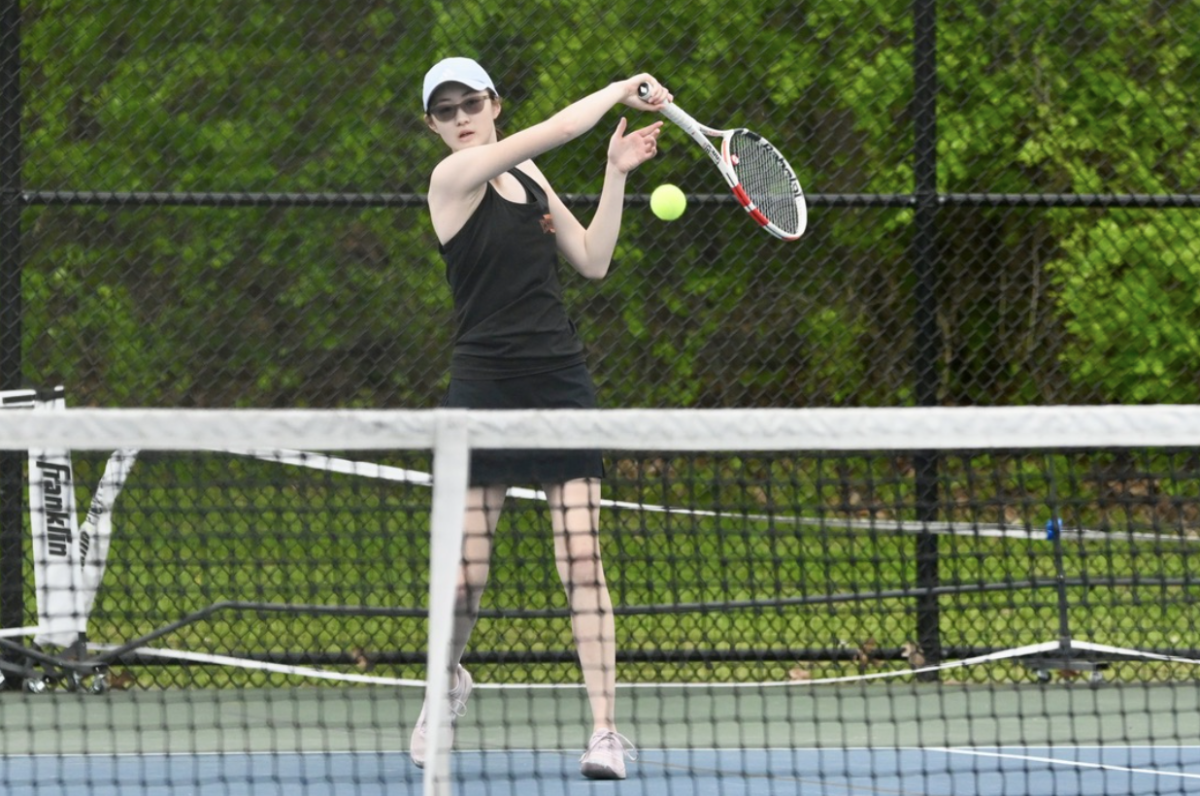









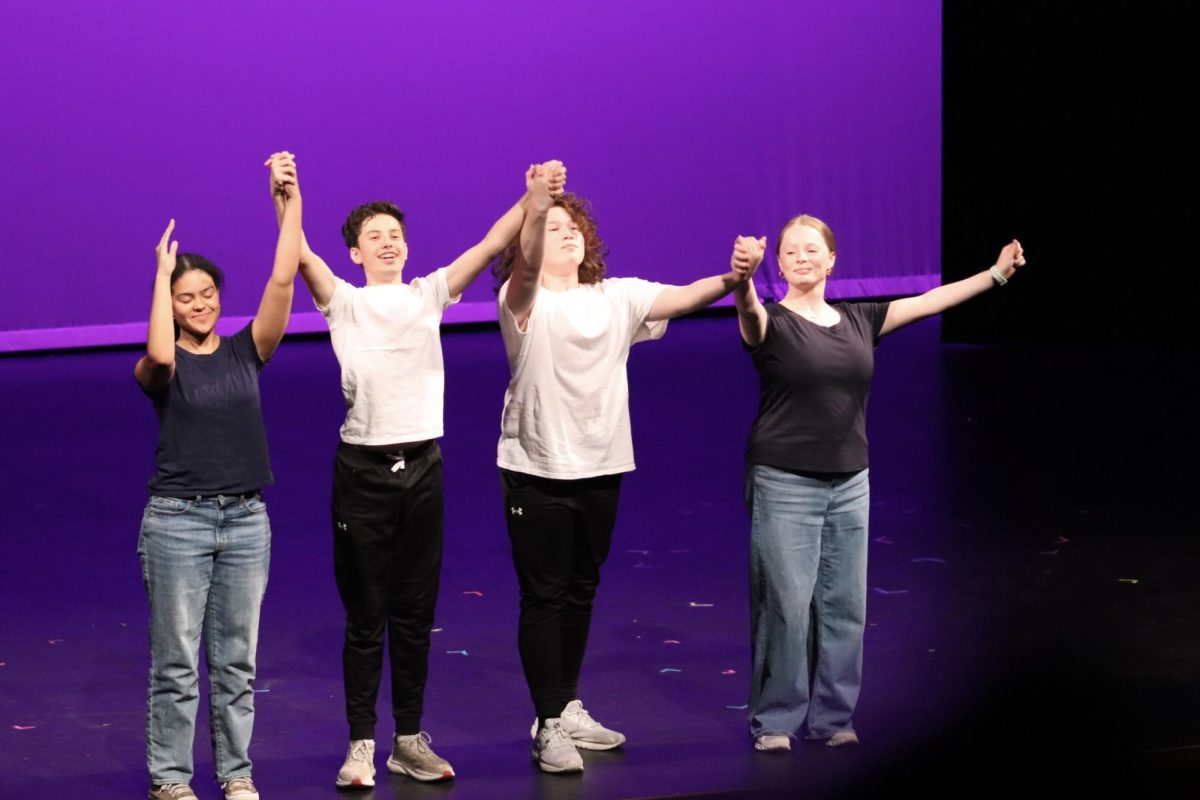



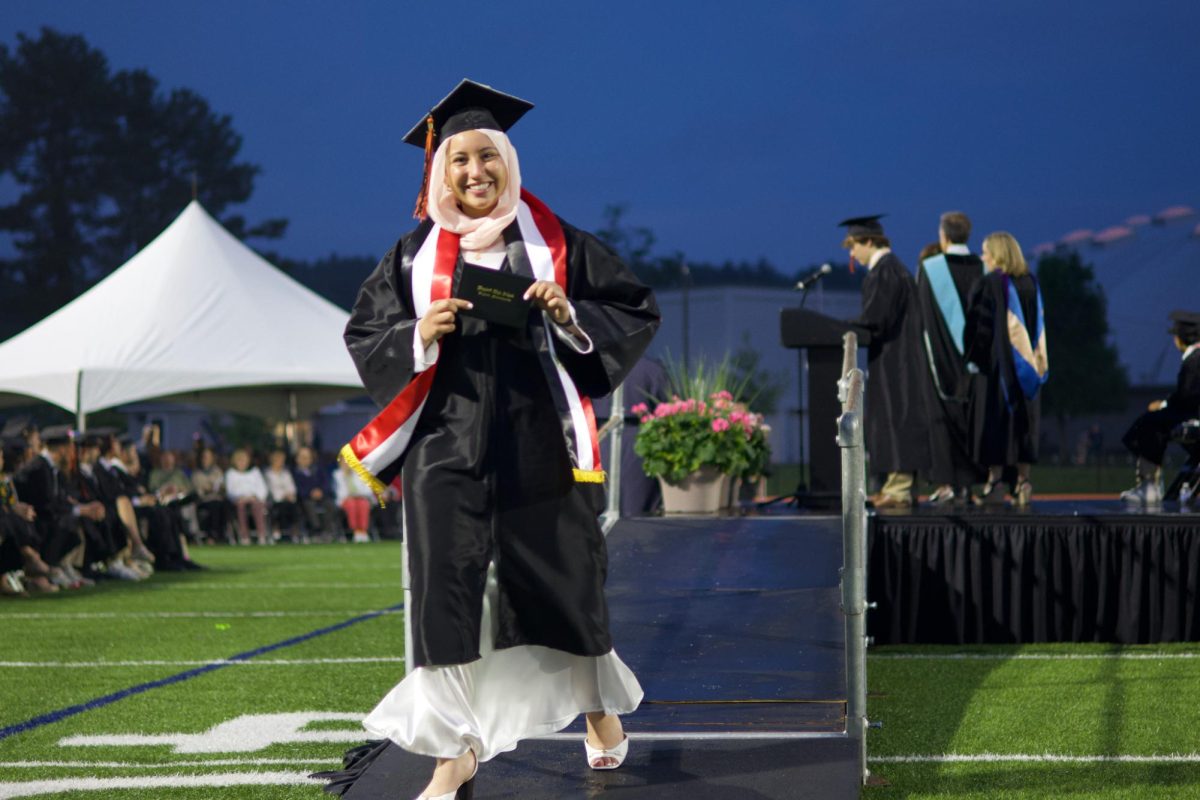



![A math classroom appears full with desks spaced six feet apart. "Ultimately, when I talk about what is difficult it is just everything being new, and different," math department head Barbara Coughlin said. "Trying to coordinate all of that at once [is challenging]."](https://waylandstudentpress.com/wp-content/uploads/2020/10/k60PQpq1HjxHmPkka95UEPGcERwHNTHWJZpJcuKi.png)
